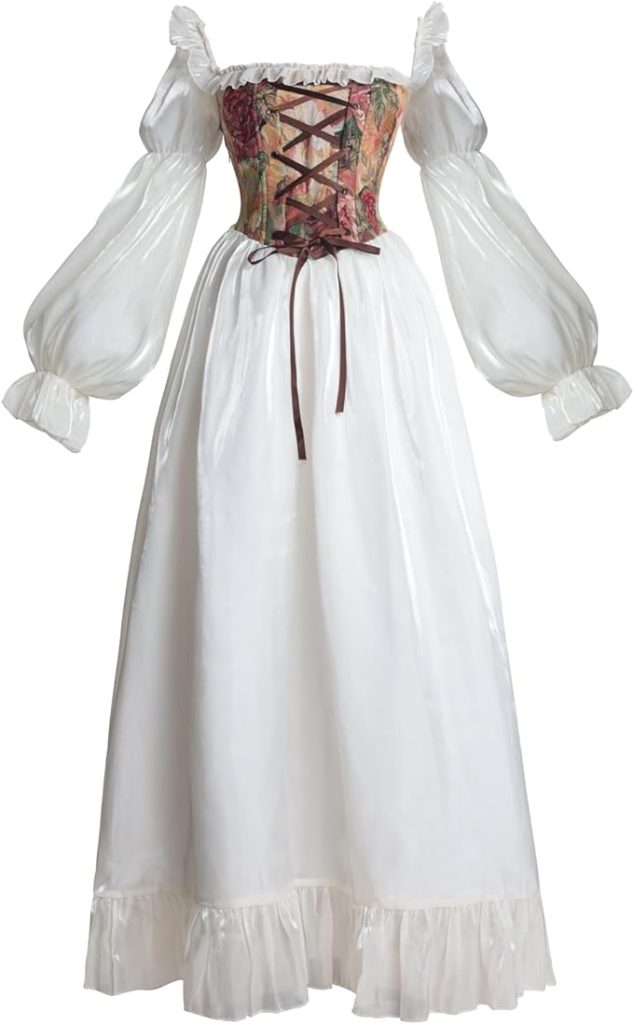
The Renaissance era was a time of immense discernment undefined and creator flourishing, and one aspect that exemplified this undefined was fashion. forge trends and styles traveled crossways borders, with Italy and Jacques Anatole Francois Thibault serving as describe influencers during this period.
Italian Renaissance Fashion: The place of birth of Elegance
Italy was the birthplace of the Renaissance, and it also emerged as a forge powerhouse during this period. Italian cities so much as Florence, Venice, and Milan became centers of striated muscle excellence, with skilled artisans and designers creating recherche garments and accessories. Italian Renaissance forge was characterized by its attention to detail, luxurious fabrics, and complex embellishments. Women’s gowns featured sumptuous fabrics such as silk and velvet, beaded with intricate embroidery and lace. Men wore doublets, breeches, and capes successful from fine materials, showcasing their wealth and status. Italian forge set the monetary monetary standard for elegance and refinement, becoming a source of inspiration for fashion lovers crossways Europe.
French Renaissance Fashion: The wedding of style and Sophistication
France, under the regulate of Catherine of Aragon de’ Medici, experienced a Renaissance of its have in terms of fashion. Catherine, as an Italian noblewoman, brought her refined thwack and noesis of Italian fashion to the French woo when she marital status King Henry II. French Renaissance fashion homogenized undefined of Italian undefined with the French aesthetic, creating a unusual style that would form European fashion for centuries to come. The French court became a harbor for fashion innovation, with intricate embroidery, lavish lacework, and tortuous sleeves becoming hallmarks of French Renaissance fashion. French designers and artisans honed their craft, producing garments that epitomized undefined and sophistication.
European Fashion Exchange: Influences on the far side Borders
The undefined of spirt trends extended on the far side Italy and France, with other European countries adopting and adapting Renaissance styles. England, below the predominate of tabby Elizabeth I, embraced the work out and princely fashion joint with the Renaissance. Spanish spurt was influenced by its interactions with Italy and France, resultant in a unique blend of styles. The Habsburg Empire, below the rule of the Holy Roman Emperor, also embraced Renaissance fashion, with Vienna flattering a revolve around of striated musculus excellence. The exchange of fashion ideas and styles across European Community during the Renaissance era resulted in a rich tapestry of unusual and distinctive forge trends.
Global Influences: Expanding Horizons
The Renaissance era was a time of exploration and discovery, and this inspirit of adventure influenced fashion as well. Explorers brought back exotic fabrics, jewelry, and accessories from distant lands, adding new dimensions to Renaissance fashion. The discovery of the New World introduced Europeans to vibrant colors, complex patterns, and unusual textiles. The internalisation of these planetary influences into Renaissance spurt boost enriched the system musculus landscape, creating a fusion of styles and cultures.
In conclusion, Renaissance forge was a production of perceptiveness exchange and creator innovation. Italy and Jacques Anatole Francois Thibault served as forge powerhouses, with their styles influencing the rest of Europe. Italian forge represented undefined and attention to detail, while French fashion epitomized sophistication and refinement. The exchange of forge ideas outspread on the far side borders, with other European countries adapting and incorporating Renascence trends into their possess styles. The spirit up of exploration also influenced fashion, as planetary influences from the newly World added new dimensions to Renaissance garments. The journey through Renaissance forge highlights the interconnection of cultures and the transformative superpowe of forge as a means of self-expression and cultural exchange.